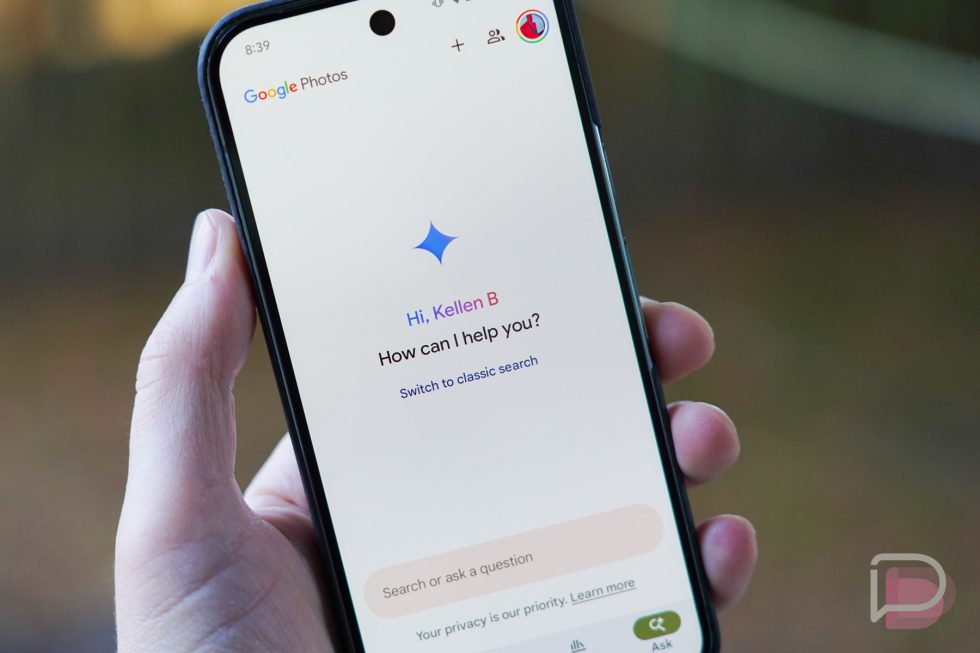How does antivirus software work?
Antivirus software protects, detects, and removes threats through a combination of methods; but there is more to understanding what it is and how it works.

Knowing how antivirus software works can help protect your computer from malicious actors and threats online. Antivirus software has played a key role in identifying and removing viruses, malware, and other malicious programs and scripts for decades.
Thanks to modernized approaches coupled with real-time scanning, antivirus software keeps a vigilant eye on your device, ensuring that any suspicious activity is addressed.
But what actually happens under the hood, and how do antivirus programs know which files to block? We will explore that and much more in this article, so read on.
How does antivirus software detect viruses?
There are numerous styles of viruses and attacks; therefore, for an antivirus to be effective, it must rely on a database of currently known threats or vulnerabilities. Protecting against unknown or novel viruses is a challenge, but some basic detection paradigms rely on the following:
- Size - Viruses like to add malicious code to a file, which is easy to detect for an antivirus scanner, since such activity usually changes the file size. Basically, the software compares the previous and current file size, and if a user did not edit the file, it treats the activity as malicious.
- Injection detection - Memory blocks that are allocated to files are sometimes not utilized fully, giving attackers a space to inject malicious code. This type of attack uses the initial startup code to jump to the malicious code and then go back, making it seem as if nothing had happened. Such an attack usually does not increase the size of the file. An antivirus software scans for these strange code “jumps” and code that seems out of place.
- Hashing - While an older form of protection technology, it’s still present in some antivirus programs. It scans files byte for byte, computing the SHA-1 hash of items.
- Pattern matching - Viruses often use approaches that can represent a pattern (a series of commands, overwriting code, etc.). Such tell-tale signs are logged and stored in a database that antivirus software uses for scanning your PC and tracking activity on it.
This list is by no means exhaustive, instead, it gives you a short overview of the basic mechanics behind detection and a general idea of how an antivirus works.
How it actually works
Antivirus software usually works in the background, scanning for viruses and malware. This is done through the real-time threat detection included in nearly all modern antivirus solutions.
These scans check directories and individual files against the aforementioned database of exploits and signatures, as well as any unusual patterns and behavior of files and programs. Any malicious software that is detected is automatically removed, and often placed in a “quarantine”, with some antivirus software sending helpful notifications about the process.
Users can schedule scans so that they run automatically or start ones manually. In addition, for the software to run properly, privileged access to the entire system needs to be granted to the antivirus software.
Another approach of antivirus software is to use sandbox environments to test files for malicious code far away from the real system. Basically, the files are inspected in a test environment and once confirmed safe, the software can be executed on the real system.
False positives
The term false positive is often related to antivirus software, and it is important to mention it. The goal of an antivirus software is to keep unwanted users and programs out of the system, which is why sometimes it can mislabel a file or program.
This is what is referred to as a false positive - when an antivirus flags something to be malware/virus, when in reality it's a secure file/program. Such behavior can potentially be rectified by updating your antivirus, but there is also a different solution.
Most antivirus software comes with an option to exclude or whitelist files or programs, meaning you can manually add the files or programs you trust to the whitelist and avoid any false positives in the future.
Types of antivirus software
There are various types of antivirus software, each with its specific offer and level of protection. Recently, there has been a trend of packaging antivirus software with a lot of additional “goodies”, but some of the most common types are:
- Standalone - basic antivirus program, no additions, that provides protection for your device
- Internet suites - more comprehensive packages, usually bundled with a firewall, password managers, and much more
- Cloud-based - rely on cloud-based technology for analysis, reducing the workload on user machines
- AI - machine learning antivirus is gaining in popularity, relying on AI to identify new threats and remove them
Advanced features
Besides scanning your PC for threats, one of the advanced features that modern antivirus solutions offer, and which we would recommend, is website blocking.
Namely, antivirus software can access a database that contains a list of harmful websites. Trying to access one of those sites will prompt a warning that you’re attempting to visit a website that can harm your computer. This is a great prevention method which will help shore up your device against viruses and reduce the need for frequent malware scanning.
Another solid advanced feature that comes bundled with modern antivirus solutions is a Virtual Private Network (VPN). One of the goals of a VPN is to secure your device by encrypting your internet connection and remove you from the “live target” pool.
Essentially, a VPN is a tunnel that hides your real IP address and gives you an IP address of a country or server of your choosing. Besides protection, this can also be used to circumvent geo restrictions that some streaming services enforce for users connecting outside of the US or EU, for example.
What it doesn’t do
When talking about how an antivirus works and what it does, it is also equally important to know what an antivirus does not do. It does not provide complete protection, since it focuses on known threats.
As new threats that exploit new vulnerabilities aren't included on antivirus signature databases, these “zero-day” attacks can easily bypass the security mechanisms of an antivirus and infect your device. Furthermore, an antivirus may not protect against all forms of malware and unwanted programs (bloatware). In some instances, antivirus software can cause conflicts with other software on your device and even slow down your computer significantly, especially while conducting full system scans.
Social engineering and phishing attacks are types of malicious activities against which an antivirus can provide no protection. If you’re tricked into sharing your personal information or clicking on a malicious link, there isn't much an antivirus can do to help.
Antivirus is a very helpful tool in the defense against online threats, but you also need to rely on good security practices, such as not clicking on random links and avoiding posting your private information online or handing it over to dodgy websites.
Do you need an antivirus in 2025?
Modern operating systems often come with built-in protection, which provides ample cover if you have good security practices. Of course, some attacks compromise even well-guarded, legitimate download servers, which can leave even the more experienced users vulnerable. Therefore, running a robust antivirus alongside built-in OS protection mechanisms can ensure that some of the threats are stopped.
In addition, you will have the peace of mind that your system has an additional layer of security. We don’t advocate that you immediately spend money on an AV since there are many free antivirus solutions, but if you’re set on browsing the less reputable side of the internet, we would recommend you opt for a paid variant.
Which to choose?
Choosing the right software for your needs will depend on you as the user. There are antiviruses that focus on real-time protection, and others that have a strong malware component. Some services will offer a comprehensive package that can include a password manager, dark web monitoring, and even identity theft protection.
The decision will also depend on which OS you’re running and your level of security knowledge. If you’re a complete novice to the online world, having an antivirus installed is certainly a good idea.
Conclusion
Knowing how antivirus software works, what it does, and what it cannot do will ensure you make smarter decisions about your digital security. While it’s not a silver bullet, it still plays a key role in protecting you against known threats. Combine an antivirus with reasonable browsing habits and OS level defenses, and you will dramatically reduce the risk modern viruses pose to users.



































































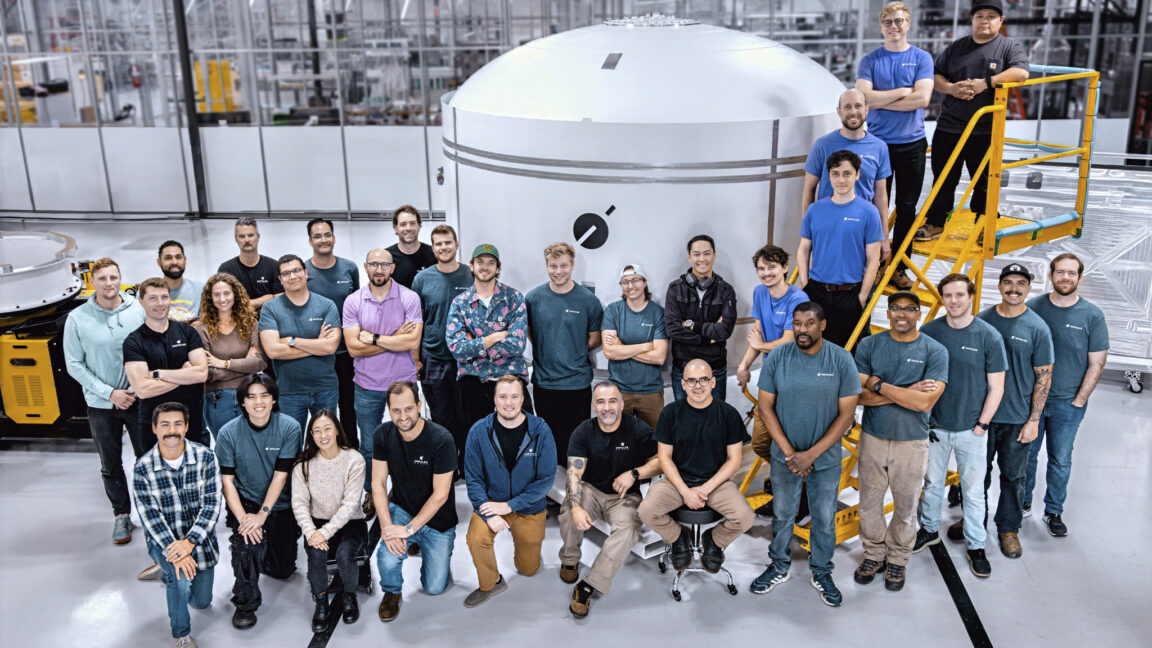



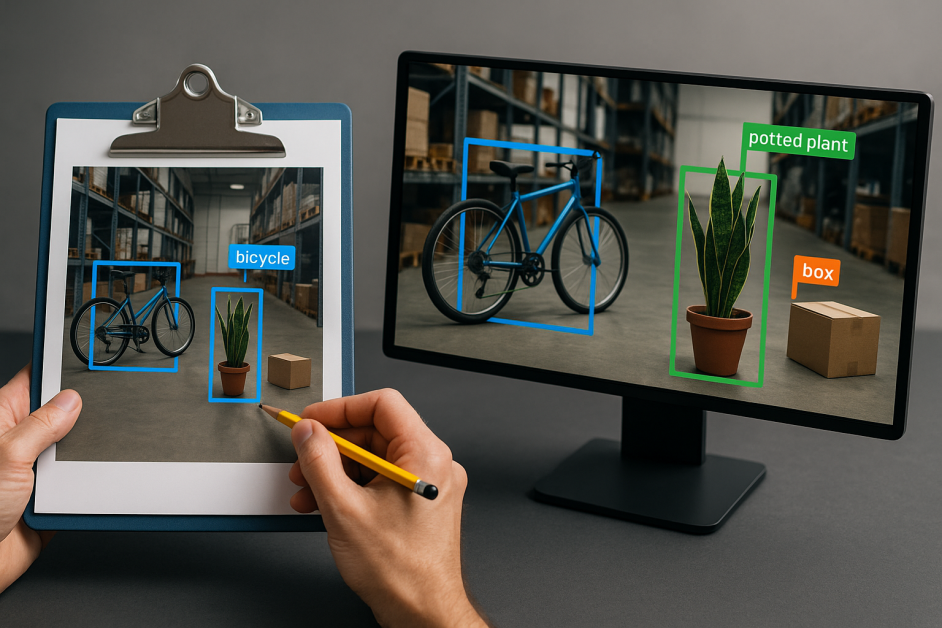




































































































![[The AI Show Episode 151]: Anthropic CEO: AI Will Destroy 50% of Entry-Level Jobs, Veo 3’s Scary Lifelike Videos, Meta Aims to Fully Automate Ads & Perplexity’s Burning Cash](https://www.marketingaiinstitute.com/hubfs/ep%20151%20cover.png)



































































































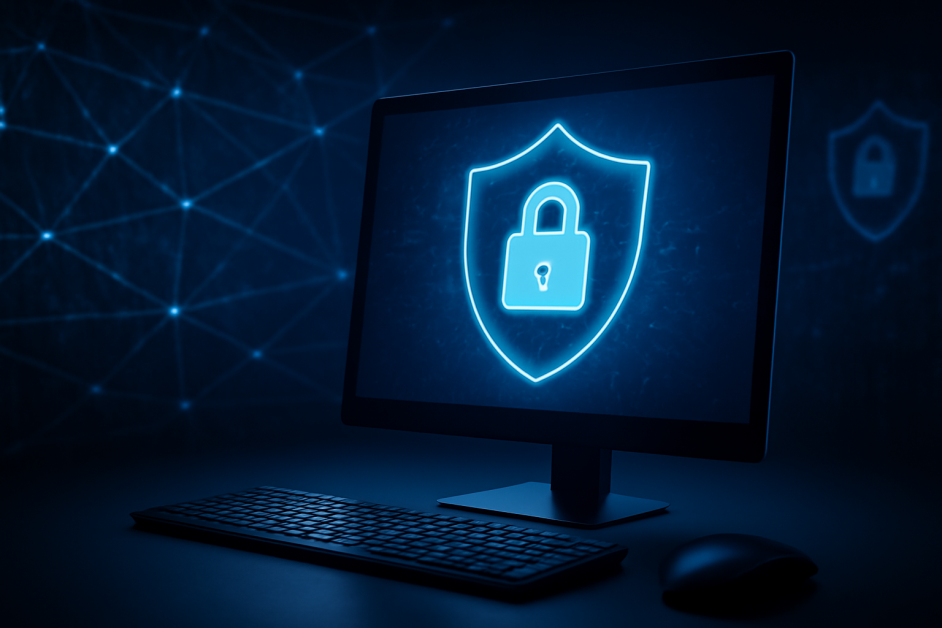



























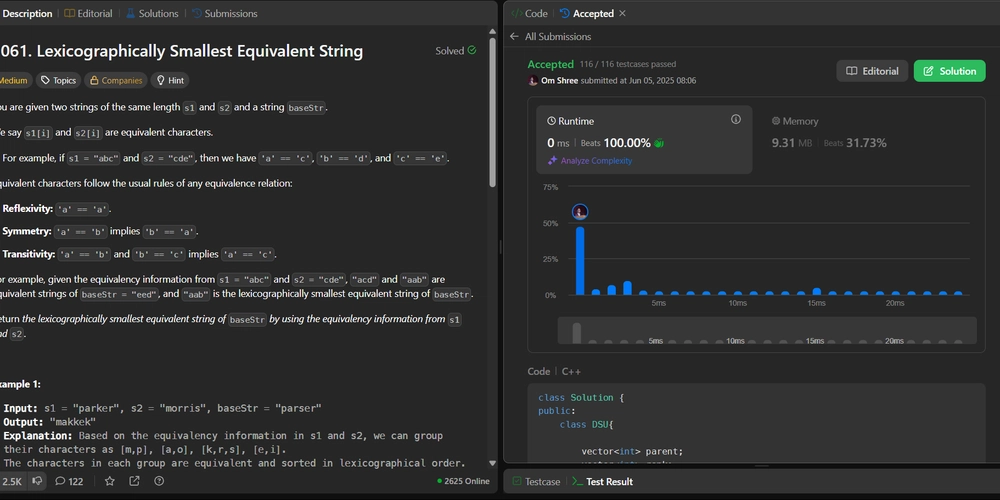


















































































































.png?width=1920&height=1920&fit=bounds&quality=70&format=jpg&auto=webp#)































































































































![Apple AI Launch in China Delayed Amid Approval Roadblocks and Trade Tensions [Report]](https://www.iclarified.com/images/news/97500/97500/97500-640.jpg)




























